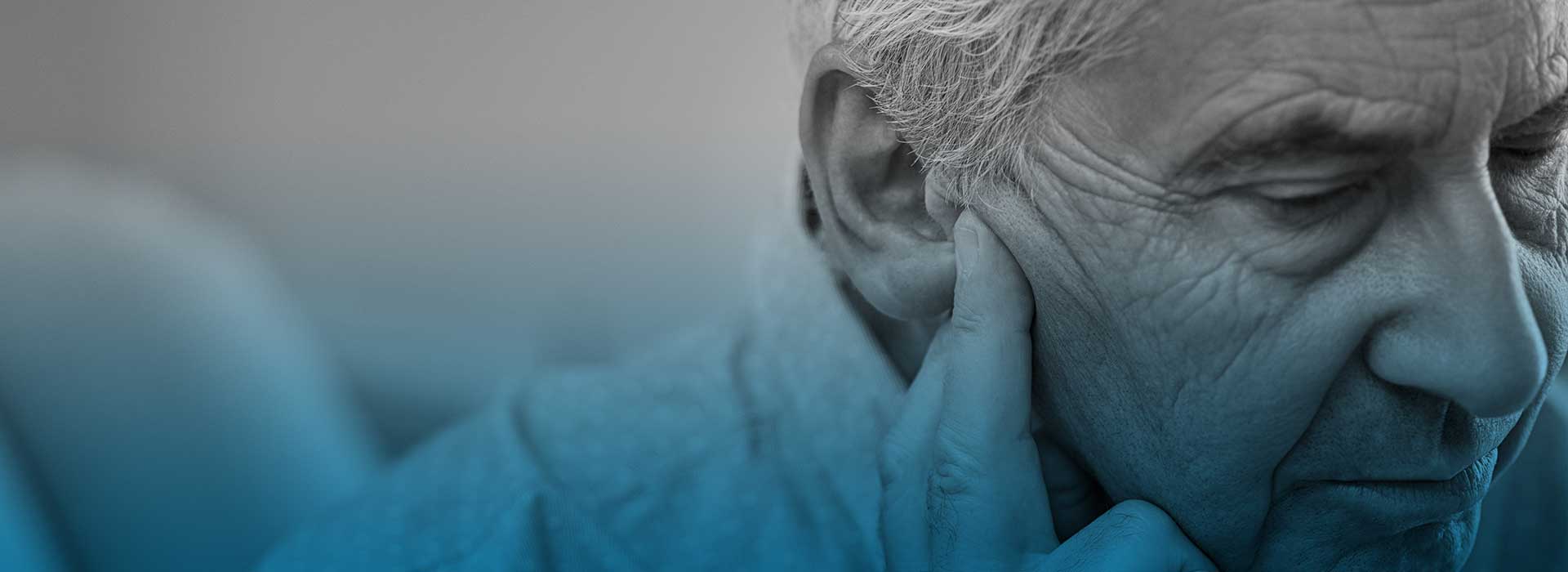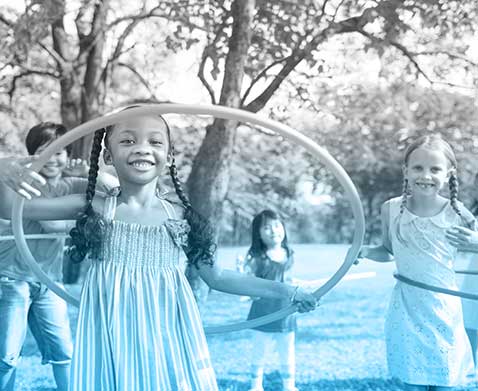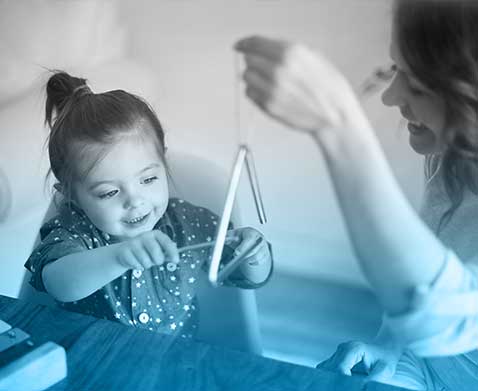
What is vestibular rehabilitation?
It was once commonplace to consider the sixth sense as something random and non-existent. Perhaps in such a manner it is possible to imagine the seventh sense, as nowadays the sixth can easily be described. The sense of balance is especially essential for the quality of life of people, its absence resulting from an alteration of one of the other five officially recognised senses.
Hence the necessity to lead the vestibular patient to gain an improved quality of life beyond diagnosis and drug therapies.
It is necessary to re-educate patients to balance through rehabilitation therapy. Vestibular Rehabilitation engages our vestibology medical daily, working for many years in the research and in the daily application of personalised protocols for each patient.
Goals of vestibular
rehabilitation
Vestibular rehabilitation is today the fundamental treatment for restoring the correct perception of balance and spatial orientation and its so-called navigation. The following are the objectives of vestibular rehabilitation.
ADAPTATION
Recalibrate exteroceptive and proprioceptive information.
Elaborate new strategies and behaviour models.
The adaptation phenomenon improves with the movement of the head. It favours the memorisation of movements with forms of adaptation, including psychological, to the condition.
HABITUATION
The rehabilitator creates habituation through exposure to deficient stimuli. It aims at reducing the intensity and duration of vestibular symptoms through exposure to stimuli that cause these reactions, or also through the frequent repetition of movements that cause these reactions.
SUBSTITUTION
Stabilization of the gaze is induced to the movements of the head by replacing vestibular inputs with visual inputs.
It is recommended to start vestibular rehabilitation as soon as possible. The earlier the rehabilitation, the quicker and more consolidated the recovery will be. The four fundamental phases of rehabilitation therapy (quote: Guidetti) are:
- patients selection
- protocols planning
- exercise conduction
- results
Rehabilitation is aimed at controlling and correcting gait and posture, oculomotricity, cognitive and behavioural functions.
An important distinction is made between non-instrumental vestibular rehabilitation and instrumental vestibular rehabilitation. Our experience in vestibology medical foresees the application of both rehabilitation systems.
Non-instrumental vestibular
rehabilitation
Vestibular rehabilitation protocols are varied and numerous. Historically, the first rehabilitation protocol was that of Cowthorne & Cooksey. In our vestibology medical practice we apply several.
Specifically, we focus on:
- static and dynamic balance training
- gaze focus
- treadmill with punctual light
Instrumental vestibular
rehabilitation
Instrumental vestibular rehabilitation, which due to the results and experience acquired in the area is the spearhead of vestibology medical, is the diagnostic clinical evaluation of vestibulopathy and is carried out by means of the following diagnostic tools:
- videoculonystagmoscopy
- audioimpedancemetry test
- functional head impulse (FHIT)
- video head impulse test (VHIT)
- static and dynamic stabilometry






